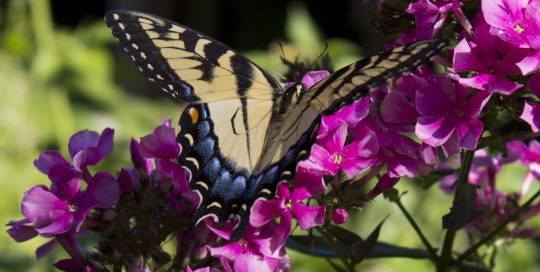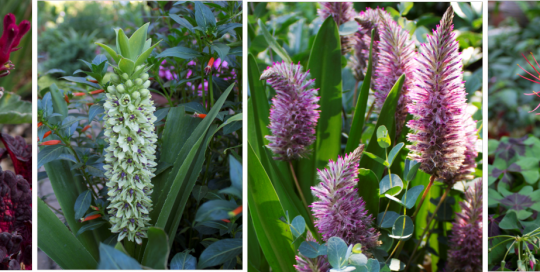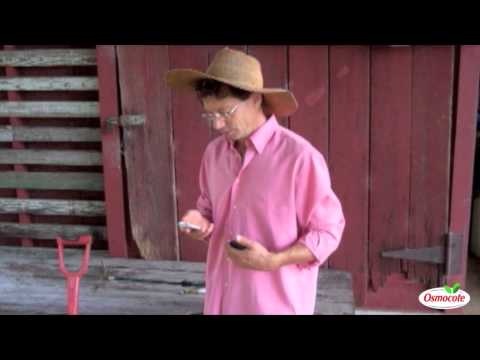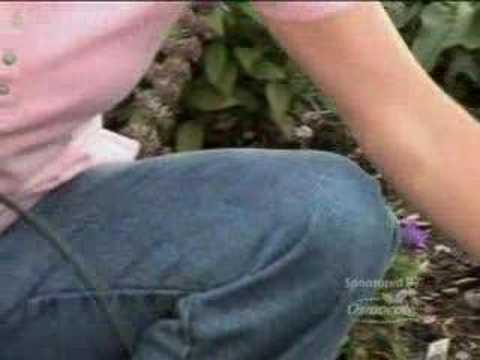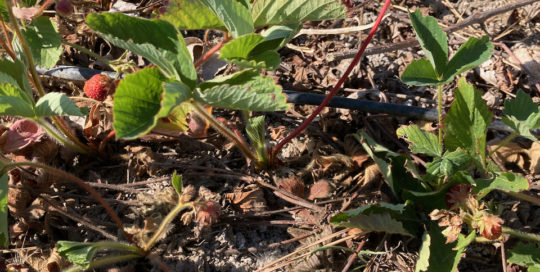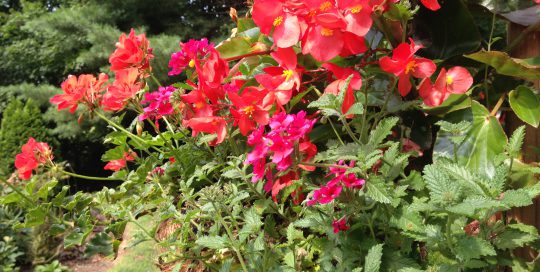Top Ten Tips to Help your Plants Survive the Summer Heat
Mother Nature wants us to conserve water. However, she also needs us all to add more blooming plants to our garden for the sake of our birds, bees and other pollinators. A landscape with a variety of trees, shrubs, perennials and annuals is also more attractive to native wild life. It helps to shade the house and soil and conserve energy through the use of less air conditioning.
Here are Ten Tips that will help your plants survive the summer heat:
1. Use mulch on top of your soil.
Mulch is like a frosting that sits on the surface of the soil to seal in moisture and shade the soil. Organic mulches such as compost, manure, and bark chips will improve your soil over time. Gravel and low growing sedums can also be used as mulch. As a wonderful bonus, mulch on top of your soil will also help to block and smother weeds.
2. Water once, then water twice.
Turn off the sprinkler for half an hour partway through your watering session. Allow the moisture to soak into the top few inches of your soil. Now turn on the sprinkler again and finish up watering. By allowing the first watering session to soak in, you’ll be taking advantage of capillary action so that the second course of water will be pulled down deeper to the roots where it is needed.
3. Place saucers under your container gardens to catch drainage water.
If you use clay pots they will be able to absorb some of this moisture as the clay dries out. If you pots are plastic or ceramic the plant roots may still be able to sneak out of the drainage hole and suck up some of the water left in the saucer.
4. Place potted plants under your hanging baskets.
This way the drainage water from your hanging pots will drain into the thirsty potted plants below – you’ll be watering two plants at the same time.
5. Choose more drought resistant plants the farther away you go from the house.
Thirsty plants should be close to the house or patio – this makes it easy to use recycled or gray water left over from water bottles, cooking or rinsing vegetables. The trees and shrubs that adapt to your climate without the need for additional water should be the ones you place farthest from the water source – in areas where the hose doesn’t reach.

